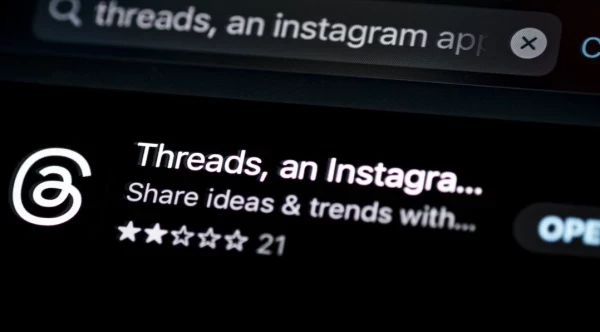How Mastercard Puts the Social Customer at the Command
Add bookmarkWhen it comes to strategy in today’s multi-channel climate, there is investing in social, and there is going social.
Investing in social is not without its benefits. It provides brands another channel—and a rather inexpensive one—through which they can market to customers. It enables them to increase their brand awareness and further integrate themselves in the lives of customers.
But it also makes no guarantee of transformation. It does nothing to secure the organization’s position on the road to the truest value of social media. It does nothing to improve the substance and quality of customer relationships.
Going social, on the other hand, does exactly that. It requires the brand to think not simply about what it can broadcast on social but how it can specifically engage with customers in that channel. It puts them in position to proactively foresee and address changes in customer sentiment. It enables them to instantly connect the voice of the customer to every corner of the organization, assuring that as the marketplace evolves, so too does the business.
To "go social," businesses must recognize the channel not as an independent function but as a necessary central asset that can—and should—impact every facet of the business. Questions should never focus on "social ROI" but instead on the way social is contributing to the greater business’ ROI and objectives.
If that concept is foreign to leadership, their organization has not gone social. It is simply investing in social.
Mastercard, however, is an organization that has gone social. That is not to say every element of its social strategy is perfect--it is highly unlikely, for instance, that their social support response quality and rapidity is where it truly needs to be—but it is to say that Mastercard is embracing the organizational culture associated with "going social."
At the center of Mastercard’s social transformation is its social command center, highlighted by a 40-foot LED screen that pipes Mastercard and its employees, stakeholders and partners into customer dialogue.
Powered by the Conversation Suite utility, Mastercard’s command center monitors social sentiment around the clock and thus assures the organization is always aware of how best to engage customers. Throughout the day, a rotating collective of PR, marketing and customer experience professionals sits in the command center to get a better glimpse of the audience.
A powerful tool in and of itself, the true benefit of Conversation Suite is the manner in which it shapes culture. It loudly broadcasts social dialogue, reminding the organization not only whom it is serving but what it means to serve customers in a social, customer-centric era.
"The cultural transformation we are beginning to achieve at a 45-year-old company is unbelievable," says Mastercard’s Marcy Cohen. "We have been tasked to transform Mastercard into a tech and payments company, and implementing an initiative like this has really helped make a cultural change. There’s so much more collaboration."
Inherent to that cultural shift is the notion that issues on social media are not exclusive to a "social team." Yes, Mastercard is able to monitor and respond to customer comments the way any social function can, but it is also able to identify meaningful trends and sentiment and convey those to the precise business unit capable of making changes.
When an analysis of 85,000 conversations revealed issues with mobile payments, Mastercard was able to use that intelligence to retool its offering in that space. The command center enables Mastercard to initiate change not just conversation. And that is what going social is all about.
"Before that, we were doing some social media listening and some engagement, but it was nothing like what we are doing today," says Cohen. "Today, almost everything we do is rooted in insights we’re gathering from the conversation suite, transforming the way we do business. Our processes have changed."
Wise customer management leaders recognize that the best interactions are those not based entirely in a transactional mindset. It is when brand representatives can go beyond a specific product or support issue and into meaningful customer engagement that the magic of the customer service function occurs. And it is when brands evolve based on the insights of that engagement that success occurs.
Laudable, the mindset suffers because so many customers only know customer service as a transactional concept. Have a billing issue? Call support. Need help with a broken computer? Call the tech guy. They have never received any additional value from those interactions and thus don’t remove themselves from the transactional mindset. A chicken-and-the-egg situation emerges, and progress stalls.
As a channel built around conversation, social removes those inhibitions to dialogue. Customers suddenly have an audience—both inside and outside the brand—and can make their truest identities clear. They can share more than anecdotes about products; they can share who they are and what they want.
The benefits of that reality should be stunningly obvious to anyone with a pulse, let alone someone responsible for an organization’s customer experience. What should also be stunningly clear is the fact that a brand needs to go social in order to reap those rewards.
It needs to map customer sentiment, identify product influencers, engage directly with customers, unlock hidden customer insights, communicate those insights to those with the power to induce change and then hold itself accountable for introducing that change.
It needs to put social at the center of its organization rather than on the outside of it. It needs to place a social lens on every business strategy with the potential to impact customers.
It needs to go social.





















